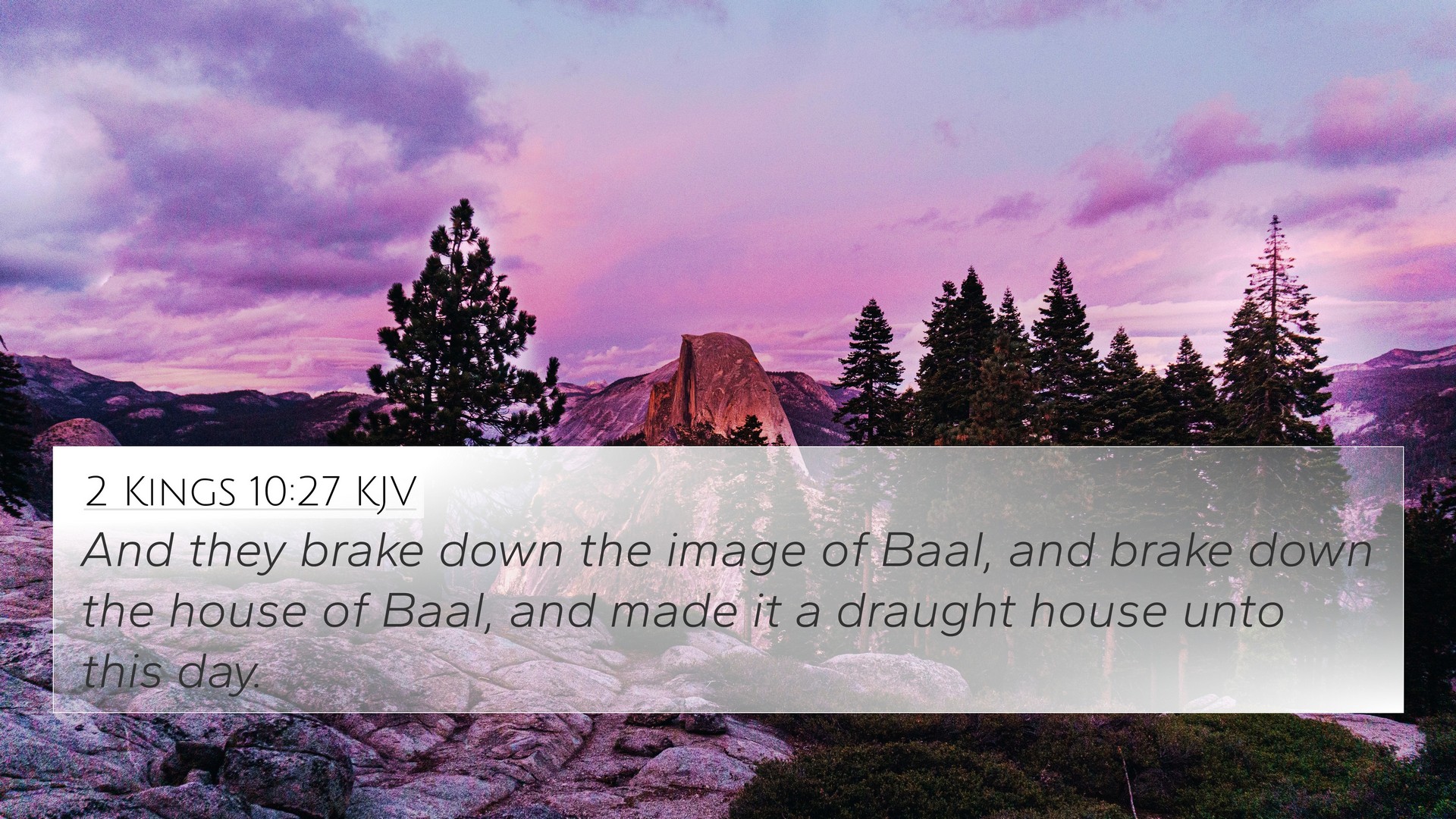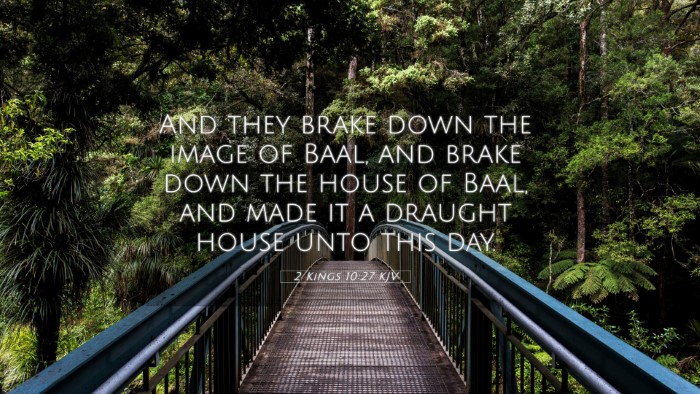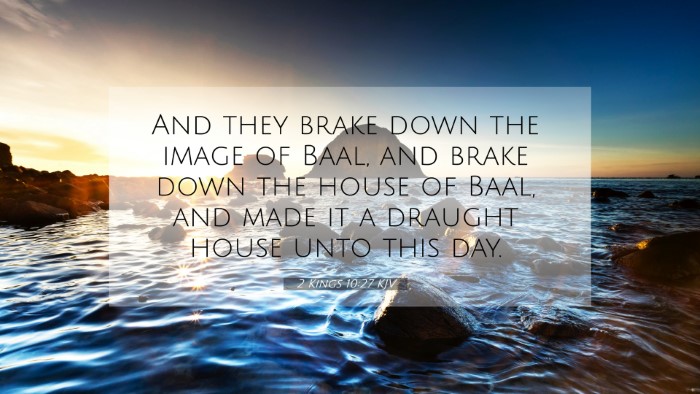This section features a detailed cross-reference designed to enrich your understanding of the Scriptures.
Below, you will find carefully selected verses that echo the themes and teachings related to 2 Kings 10:27 KJV. Click on any image to explore detailed analyses of related Bible verses and uncover deeper theological insights.
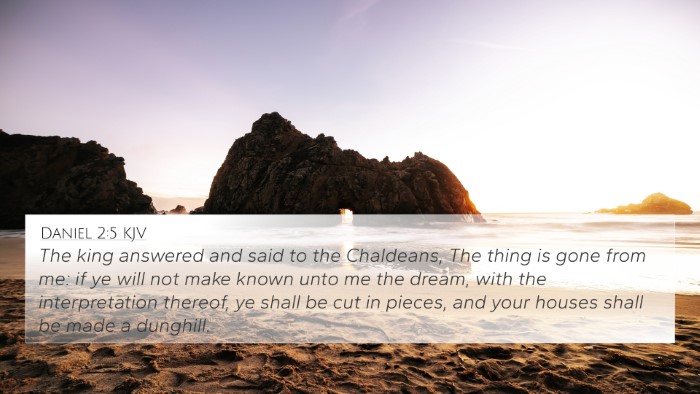 Daniel 2:5 (KJV) »
Daniel 2:5 (KJV) »
The king answered and said to the Chaldeans, The thing is gone from me: if ye will not make known unto me the dream, with the interpretation thereof, ye shall be cut in pieces, and your houses shall be made a dunghill.
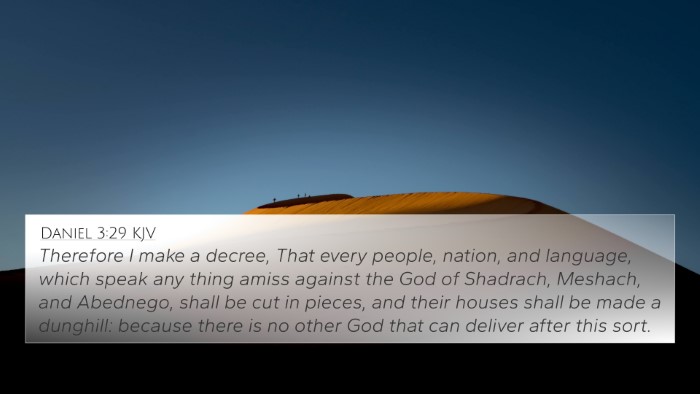 Daniel 3:29 (KJV) »
Daniel 3:29 (KJV) »
Therefore I make a decree, That every people, nation, and language, which speak any thing amiss against the God of Shadrach, Meshach, and Abednego, shall be cut in pieces, and their houses shall be made a dunghill: because there is no other God that can deliver after this sort.
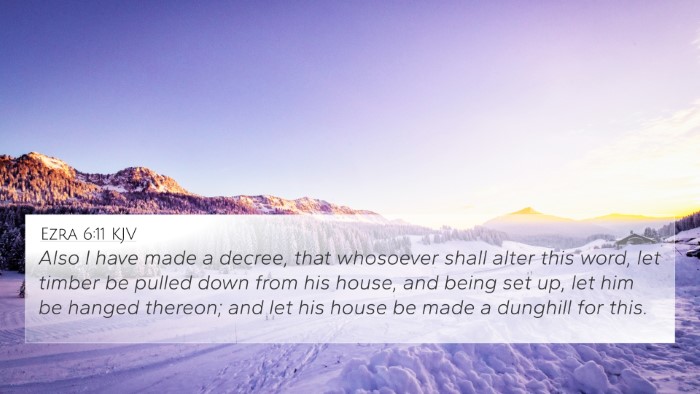 Ezra 6:11 (KJV) »
Ezra 6:11 (KJV) »
Also I have made a decree, that whosoever shall alter this word, let timber be pulled down from his house, and being set up, let him be hanged thereon; and let his house be made a dunghill for this.
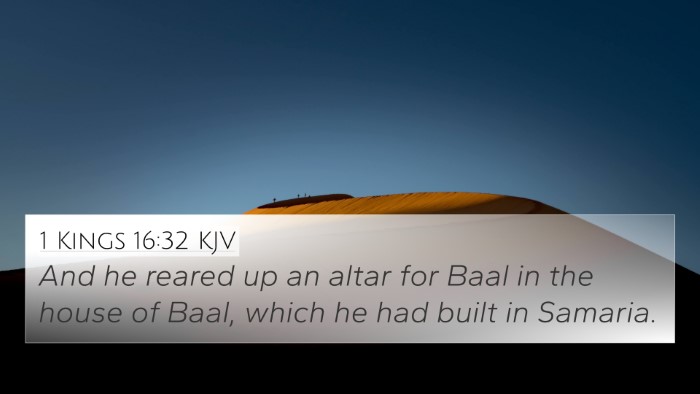 1 Kings 16:32 (KJV) »
1 Kings 16:32 (KJV) »
And he reared up an altar for Baal in the house of Baal, which he had built in Samaria.
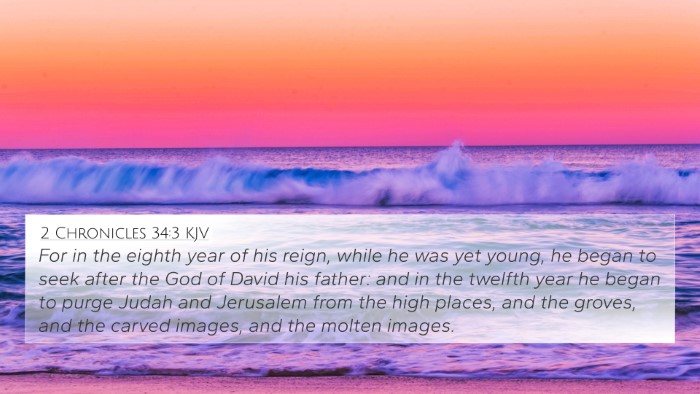 2 Chronicles 34:3 (KJV) »
2 Chronicles 34:3 (KJV) »
For in the eighth year of his reign, while he was yet young, he began to seek after the God of David his father: and in the twelfth year he began to purge Judah and Jerusalem from the high places, and the groves, and the carved images, and the molten images.
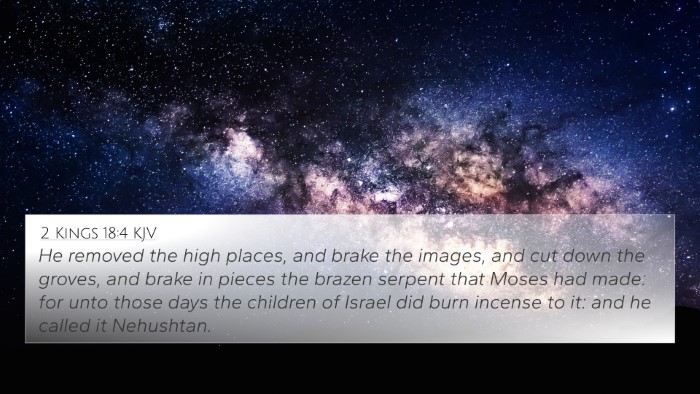 2 Kings 18:4 (KJV) »
2 Kings 18:4 (KJV) »
He removed the high places, and brake the images, and cut down the groves, and brake in pieces the brazen serpent that Moses had made: for unto those days the children of Israel did burn incense to it: and he called it Nehushtan.
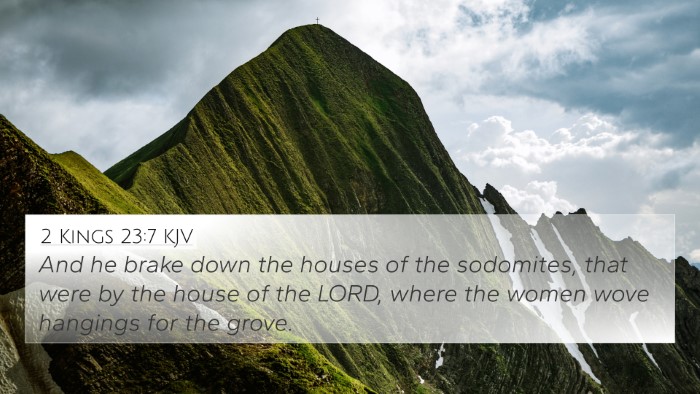 2 Kings 23:7 (KJV) »
2 Kings 23:7 (KJV) »
And he brake down the houses of the sodomites, that were by the house of the LORD, where the women wove hangings for the grove.
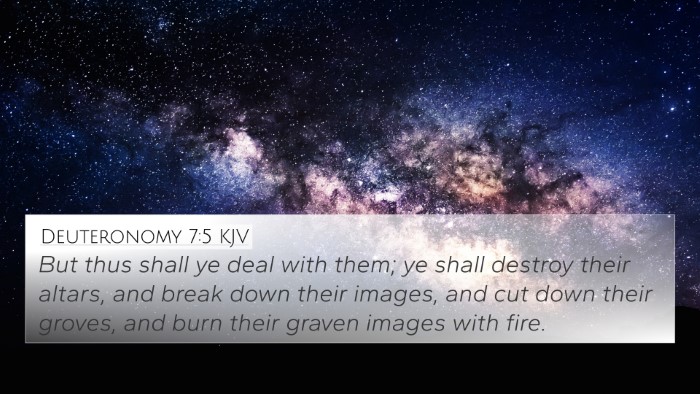 Deuteronomy 7:5 (KJV) »
Deuteronomy 7:5 (KJV) »
But thus shall ye deal with them; ye shall destroy their altars, and break down their images, and cut down their groves, and burn their graven images with fire.
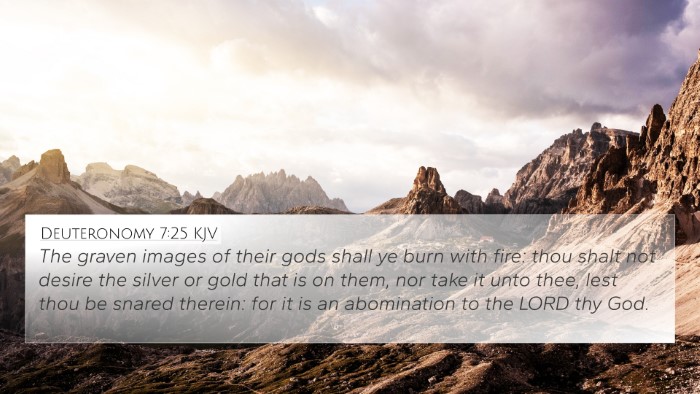 Deuteronomy 7:25 (KJV) »
Deuteronomy 7:25 (KJV) »
The graven images of their gods shall ye burn with fire: thou shalt not desire the silver or gold that is on them, nor take it unto thee, lest thou be snared therein: for it is an abomination to the LORD thy God.
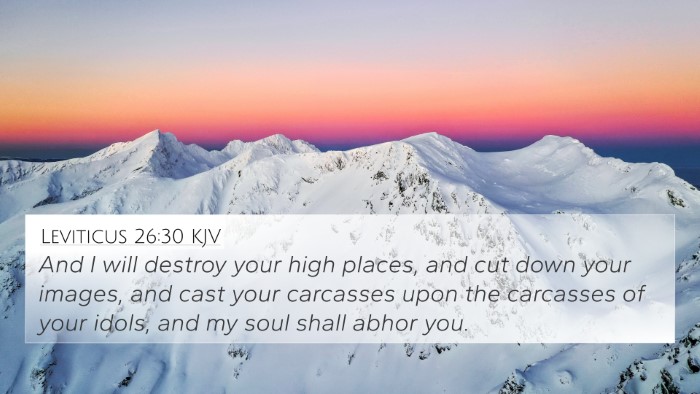 Leviticus 26:30 (KJV) »
Leviticus 26:30 (KJV) »
And I will destroy your high places, and cut down your images, and cast your carcasses upon the carcasses of your idols, and my soul shall abhor you.
